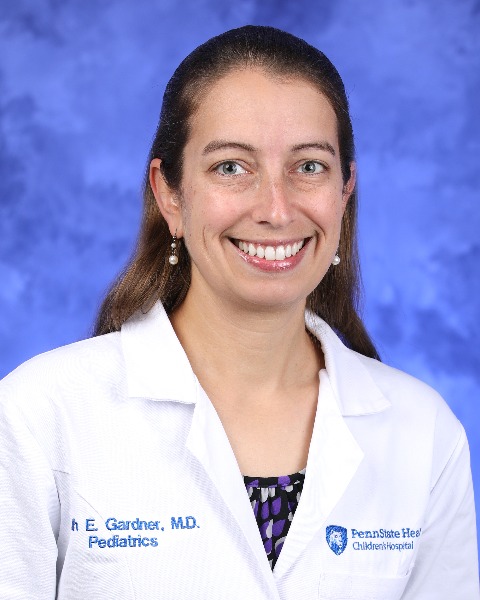General Pediatrics
Session: General Pediatrics 3
353 - Universal Lipid Screening Increases Identification of Abnormal Lipids in Both Normal Weight and Overweight Patients
Saturday, May 4, 2024
3:30 PM - 6:00 PM ET
Poster Number: 353
Publication Number: 353.1411
Publication Number: 353.1411

Ruth E. Gardner, MD (she/her/hers)
Assistant Professor
Penn State College of Medicine
Hershey, Pennsylvania, United States
Presenting Author(s)
Background: Universal lipid screening is recommended for children age 9-11 years. Upon identification of abnormal results, management for most patients would be lifestyle changes including dietary and activity modifications. While providers likely recommend these interventions to overweight/obese patients regardless of lipid results, they may not make those recommendations to normal weight patients whose lipid status is unknown. Improved identification may be most impactful for normal weight patients.
Objective: In this retrospective chart review, we measure the change in identification of normal weight patients with abnormal lipids when universal screening is implemented. We compare rates of detection of abnormal lipids in 9-11 year old patients stratified by weight category (normal vs overweight/obese) before and after significantly increasing lipid screening rates.
Design/Methods: Information about age, BMI, and lipid testing results within 30 days of all 9-11 year well visits at a large academic pediatric primary care practice was abstracted from the electronic medical record. Screening rates and lipid results were measured before (September 2020-April 2021) and after (May 2021-August 2023) a previously reported quality improvement (QI) project which increased screening rates significantly. Overweight/obesity was defined as BMI > 85%ile and abnormal lipids were defined as non-HDL > 120 mg/dL or LDL > 110 mg/dL. Chi-squared tests were used to compare proportions of abnormal lipid identification in each weight category before and after screening rates increased.
Results: Prior to our QI project, we screened 7% (48/689) of patients; 5.7% (25/438) of normal weight patients and 9.2% (23/251) of overweight/obese patients. After implementation of our QI project, we screened 43.8% (1023/2333) of patients; 43.5% (679/1560) of normal weight patients and 44.5% (344/773) of overweight/obese patients. After increasing screening rates, identification of normal weight patients with abnormal lipids increased threefold from 0.9% (4/438) to 2.7% (42/1560) (p=0.028). Identification of overweight/obese patients with abnormal lipids increased 2.5-fold from 3.2% (8/251) to 8.0% (62/773) (p < 0.01).
Conclusion(s): We found a significant increase in the identification of abnormal lipid values both in overweight/obese and in normal weight patients after increasing screening rates. For normal weight patients, identification of abnormal lipids would warrant lifestyle changes, which may not be otherwise recommended without the results of this testing. These results support the recommendation for universal lipid screening in 9-11 year olds.
.png)
